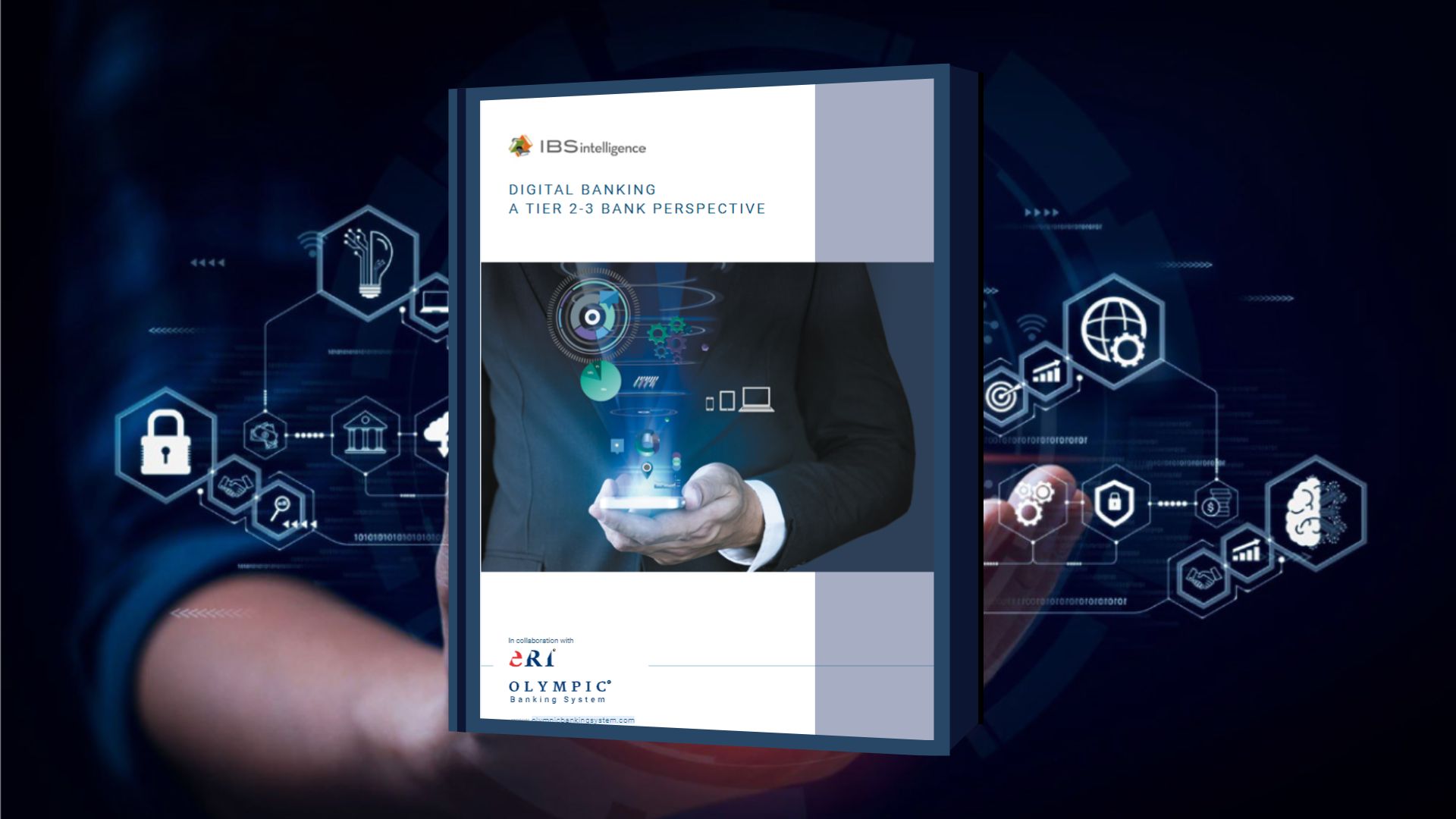Over the last few years, the industry has witnessed several events that have accelerated the surge in demand for digital banking. In addition to the pandemic, the need for real-time services, financial inclusion, and marketplace banking, have all contributed to this rapid growth. Globally, more than 3.5 billion people are expected to use digital channels by 2024.
Interestingly, most Tier-1 banks have already initiated their digital transformation to enhance their digital capabilities. For instance, Lloyds Bank has already launched a phased migration of its Core Banking modules to a digital platform, as part of a long-term strategy. While Tier-1 banks have the wherewithal to invest in technology players offering new-age digital banking capabilities and/or to choose off-the-shelf applications, their Tier 2-3 counterparts need to turn to solutions provided by specialist players to drive their digital capabilities.
More importantly, most Tier 2-3 banks already offer inter- net & mobile banking services, and many have started their digital banking journey by investing in digital solutions and driving towards cloud infrastructure. However, an end-to-end digital-ready architecture is critical for enhancing core capabilities and competitiveness in the ecosystem. While the technology platform provides the backbone for the dig-
ital banking framework, a holistic approach would also in-clude convergence of products, process and channels that offer among other things an improved customer service and smoother on-boarding experience. Being “digital” is not just about technology but also about the culture and whole approach an organisation takes to both its interactions ex-ternally with customers, suppliers, counterparts, etc. and
how it runs its internal operations.
Resource Sponsored By

Please fill out the form to access the content

